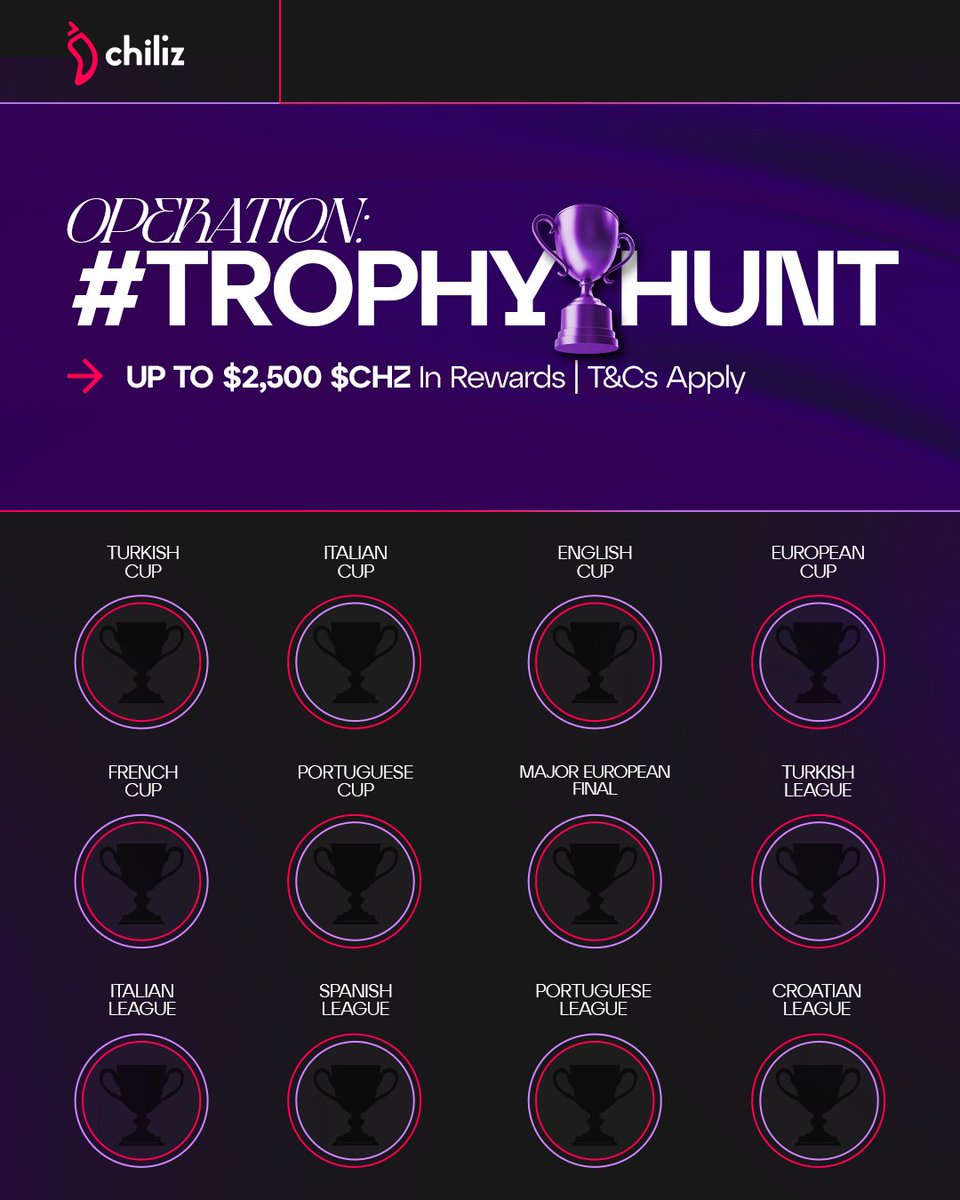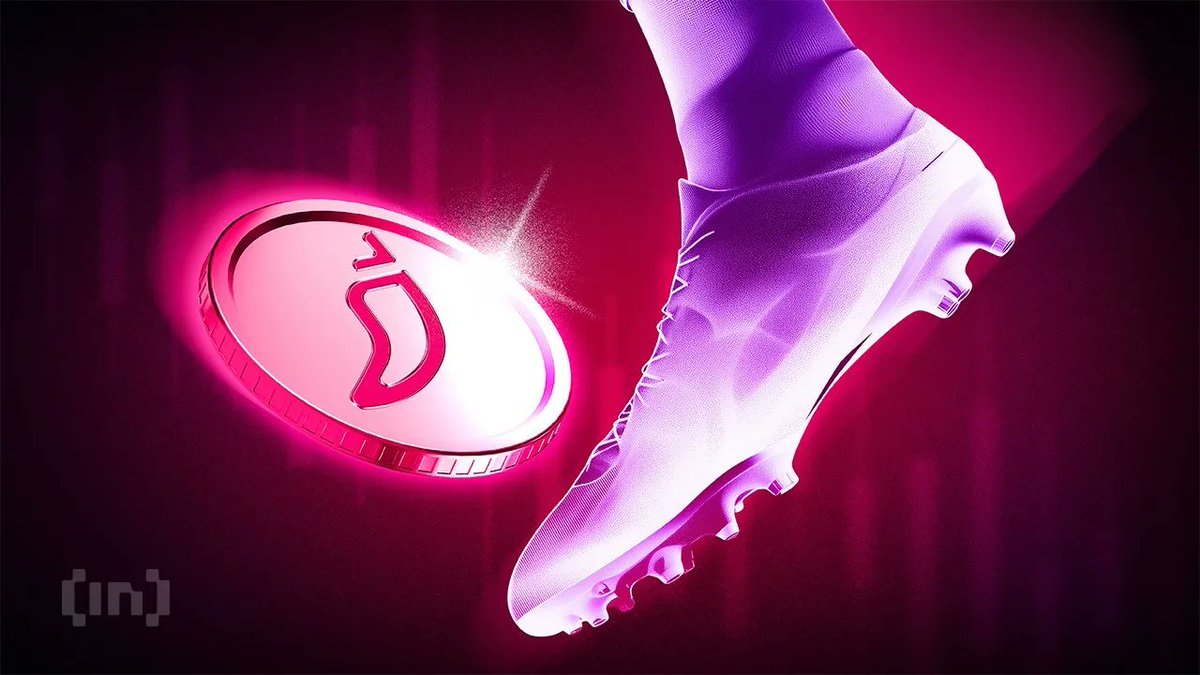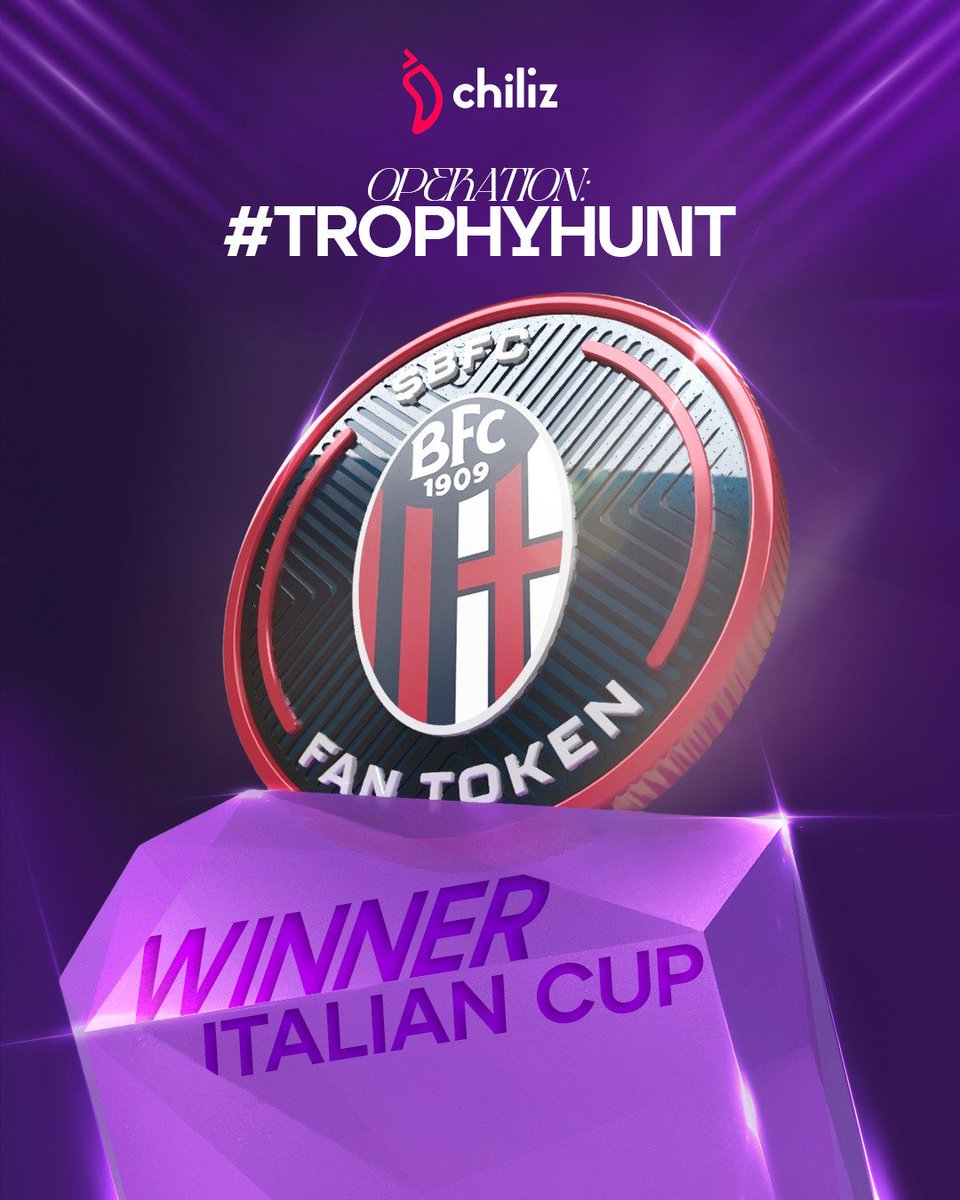Im Laufe der Zeit haben treue Unterstützer(innen) verschiedene Möglichkeiten gefunden, ihre unerschütterliche Unterstützung für ihre Lieblingsmannschaften zum Ausdruck zu bringen. In der Vergangenheit zeigten Sportfans in erster Linie ihre Widmung durch Merchandise-Käufe und die Teilnahme an Spielen.Aufkommen von Fan-Tokenhat einen neuen Weg für Fans eingeführt, um mit ihren Teams in Kontakt zu treten.
Chiliz (CHZ) hat das Erlebnis für Unterhaltung und Sportbegeisterte revolutioniert, indem es Marken-Fan-Token anbietet. Mit diesen Token können Fans nicht nur kaufen und handeln, sondern auch aktiv an Abstimmungen, Umfragen und Umfragen teilnehmen und sich weiter an den Entscheidungsprozessen ihrer geschätzten Teams beteiligen.
Was ist Chiliz?
Chiliz ist eine Fintech-Plattform, die Blockchain-Technologie nutzt, um Dienstleistungen für die Unterhaltungs- und Sportbranche anzubieten. Ihr natives Token, CHZ, wurde auf derEthereumBlockchain. Mit CHZ können Fans Fan-Token kaufen und aktive Mitglieder der Sport-Community werden.
Indem Fans diese Token besitzen, können sie sich tiefer mit ihren Lieblingssportvereinen in Verbindung setzen und daran teilnehmenGovernanceund Entscheidungsfindungsprozessen. Dies fördert das Eigentum und das Gemeinschaftsgefühl von Fans, ohne dass erhebliche finanzielle Investitionen erforderlich sind. namhafte Fußballvereine wie FC Barcelona, Paris Saint-Germain und Juventus haben auf der Chiliz-Plattform ihre eigenen Fan-Token ausgegeben.
Das Chiliz-Team
Chiliz wurde 2018 gegründet und wird von seinem CEO Alexandre Dreyfus geführt, einem erfahrenen Unternehmer in der Unterhaltungs- und Reisebranche. Das Team besteht aus mehreren wichtigen Mitgliedern, darunter Reina Diskin, Thibaut Pelletier, Mark Verdegaal, Gilber Camilleri, James Newman, Daniel maglietta, Max Robinovitch, Fiobian Manicolo, Dorianne Spiteri, Karim Virani und Julian La Picque.
Die Expertise und Branchenverbindung von Dreyfus haben Partnerschaften mit namhaften Personen in der Sport- und Unterhaltungswelt ermöglicht. Eine solche Zusammenarbeit besteht mit dem CEO und Mitbegründer von Team Vitality, einer bedeutenden eSports-Organisation. Darüber hinaus hat das Team zusammen mit Sam Li, dem ehemaligen Vizepräsident der NBA, das Netzwerk und die Branchenbeziehung von Chiliz weiter gestärkt.
Wie funktioniert Chiliz?
Chiliz wurde entwickelt, um den spezifischen Bedürfnissen der Sport- und Unterhaltungsbranche gerecht zu werden, insbesondere den Inhaberinnen und Inhabern von Eigentumsrechten (IP), die daran interessiert sind, die Blockchain-Technologie zu erkunden. Die Plattform ermöglicht es Fans, sich aktiv an der Governance ihrer Lieblingsmarken zu beteiligen und sich daran zu beteiligen.
Durch den Kauf von Fan-Token können Fans in verschiedenen Aspekten der Marke Mitsprache halten, z. B. indem sie das Startteam, das Trikot-Design oder die Farbe des Teams bestimmen. Diese einzigartige Funktion schafft Anreize für Fans, mehr Fan-Token zu erwerben und aktiv am Entscheidungsprozess mitzuwirken, was ihr Beteiligungs- und Inhaberschaftsgefühl erhöht.
CHZ-Ledger
Zuvor wurde CHZ auf der Ethereum-Blockchain betrieben, um Transaktionsinformationen sicher aufzuzeichnen und aufzubewahren. Chiliz hat nun seine eigene unabhängige Layer-1-Blockchain entwickelt, die die Socios.com-App antreibt. Diese unabhängige Blockchain stellt sicher, dass Fan-Token und CHZ-Token innerhalb des Chiliz-Ökosystems sicher gespeichert, leicht nachverfolgt und bestätigt werden.
CHZ Proof of Stake Authority
CHZ verwendet das Konsensprotokoll Proof of Stake Authority (PoSA), das die Effizienz und Skalierbarkeit erhöht und ein höchst reaktionsschnelles Netzwerk gewährleistet. Dieser Algorithmus erleichtert das Generieren und Authentifizieren von Fan-Token innerhalb des CHZ-Ökosystems.
CHZ-Anwendungsfälle
Innerhalb des Chiliz-Ökosystems verfügt CHZ über vielfältige Anwendungsmöglichkeiten. Es dient als exklusive Währung für den Kauf von Fan-Token, die Sportfans Stimmrechte und Zugang zu exklusiven Dienstleistungen, Prämien und Funktionen ihrer Lieblingsmarken bieten.
Mit CHZ können Fans Token kaufen, die mit ihren unterstützten Organisationen verbunden sind, und auf verschiedene Inhalte zugreifen, was eine transparente Beziehung zwischen Fans und ihren Lieblingsteams fördert. Darüber hinaus kann CHZ auf mehreren Plattformen gestakt werden, z. B.OKX Earn, bietet zusätzliche Möglichkeiten, Prämien zu verdienen.
CHZ-Tokenomics
Das CHZ-Token verfügt über ein Gesamtangebot von 8.888.888.888 Token. Diese eindeutige Anzahl wurde absichtlich ausgewählt, und sobald die maximale Versorgung erreicht ist, werden keine weiteren CHZ-Token ausgegeben.
CHZ-Verteilung
Die CHZ-Verteilung ist wie folgt strukturiert:
- 34,5 Prozent wurden auf Token-Verkäufe und Pre-Sales zugeteilt.
- 20 Prozent sind für Benutzerbasis-Reserven reserviert.
- 15 Prozent werden Marketingvorgängen zugewiesen.
- Weitere 15 Prozent werden für strategische Übernahmen geleitet.
- 3 Prozent werden für Chiliz-Berater beiseitegelegt.
- 5 Prozent sind dem Chiliz-Team zugewiesen.
- 7,5 % der Token sind für Seed-Investoren bestimmt.
Was hat die Zukunft für Chiliz?
Trotz der Volatilität des Kryptomarktes bleibt Chiliz erfolgreich dabei, zahlreiche beliebte Sportmarken für seine Plattform zu gewinnen und bietet exklusiven Vorteilen für Fans, die sich mit der App auseinandersetzen. Mehr Sportorganisationen werden sich wahrscheinlich entscheiden, mit Chiliz zusammenzuarbeiten, um ihre eigenen einzigartigen Fan-Token zu erstellen. Dieser anhaltende Trend deutet auf eine vielversprechende Zukunft für Chiliz und seinen Ausbau in der Sportbranche hin.





























Soziales